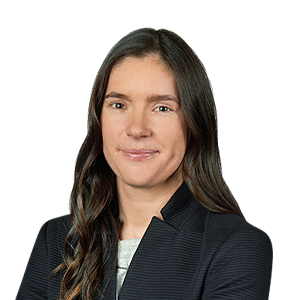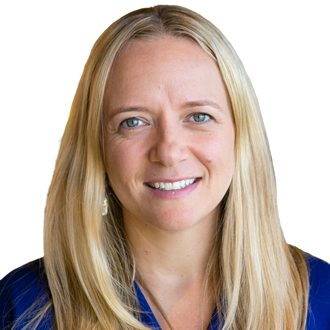We’ve had the TCFD on climate. Then the TNFD on nature. And now there’s the TIFD on inequality.
Three task forces. Three sustainability topics. Three leaps in sustainability reporting.
The key difference with inequality is that it’s in the ‘social’ bucket, rather than the ‘environmental’ bucket. That means we can no longer say the trend towards international and mandatory sustainability reporting is just because of the science and urgency relating to climate change, and its sister topic, nature.
The TIFD signals a broader trend towards reporting issues that have traditionally been considered non-financial but increasingly pose reputational and regulatory risks to businesses. It also reflects the shift towards broad reporting of a business’ impact on sustainability issues, rather than just the impact of those issues on the business and its performance.
Many companies are already reporting on broader sustainability issues that span beyond the ‘E’ in ESG. The TIFD will provide guidance, thresholds, targets and metrics that should help standardise this reporting. If the TIFD follows the same trajectory as the TCFD and TNFD, that puts us squarely on the path to broader mandatory sustainability disclosures in Australia.
As with the TCFD and the TNFD, there will be time to prepare. At this stage, the TIFD is aiming to release the beta version of its framework in 2024.
ESG is an acronym for Environmental, Social and Governance. The ESG pillars recognise the interconnectedness between a business and the context it operates in.
Sustainability reporting means the formal reporting of issues that are not traditionally considered financial issues but increasingly have financial impacts on businesses. There is an increasing trend towards reporting (1) how businesses impact the various ESG pillars; and (2) what risks and opportunities businesses face from ESG factors.
TCFD means the Task Force on Climate-related Financial Disclosures.
TIFD means the Task Force on Inequality-related Financial Disclosures.
TNFD means the Taskforce on Nature-related Financial Disclosures.
What is the TIFD?
The aim of the TIFD is to develop a disclosure framework for inequality in the private sector, similar to the TCFD framework for climate and the TNFD framework for nature. The aim is for the TIFD framework to include thresholds, targets and metrics that enable businesses and their stakeholders to measure, manage and reduce inequality.
Earlier this year, the TIFD consolidated efforts with a parallel initiative with a similar vision called the Taskforce on Social-related Financial Disclosures (TSFD). The TSFD was driven by the Business for Inclusive Growth coalition and the Organisation for Economic Co-operation and Development. The TIFD and the TSFD are now collaborating to develop a single framework.
What organisations will be able to use the framework?
The TIFD’s focus is on large investors and multinationals, as well as their value chains. The TIFD is particularly seeking to engage large institutional asset owners and asset managers.
The TIFD’s aim is to develop a framework that will enable the investors at the top of the ‘capital markets value chain’ to ‘assess their long-term investment goals and evaluate how inequality impacts them’. It is taking an international approach, aiming to create a global framework that is regionally relevant and informed by the experiences of different jurisdictions.
What is the timeframe for development of the framework?
The TIFD is working towards launching the beta version of its framework for consultation and piloting in 2024.
Between now and 2024, the TIFD is working on engaging with relevant stakeholders, attracting support from policymakers and regulators, running virtual meetings and working groups and establishing an effective governance strategy.
What types of inequality measures will the TIFD include?
The TIFD defines inequality as encompassing both inequality of outcomes and inequality of opportunities. Inequality of outcomes occurs when there is inequality in living standards. It is caused by inequality of opportunities as well as other factors (such as individual choices). In contrast, inequality of opportunities is attributed to circumstances beyond an individual’s control.
The TIFD has stated that it will include metrics, targets and guidance to report on:
- ‘inside-out risk’: the impacts of a business on inequality; and
- ‘outside-in risk’: the impacts of inequality on a business and its performance.
The TIFD’s framework will be informed by planetary boundaries and human rights. The TIFD is also aiming to take an inclusive and rights-based approach to developing its framework. It will do this by engaging with people who have been historically marginalised in a co-creation process.
Conclusion
The TCFD was enormously successful in encouraging voluntary reporting on emissions and climate-related financial risks and opportunities. The TNFD is gearing up to be the same on nature dependencies and impacts, and nature-related financial risks and opportunities. There’s little doubt the TIFD, if it follows a similar path, will change the equation again with social reporting.
For more information, see the TIFD’s website.






